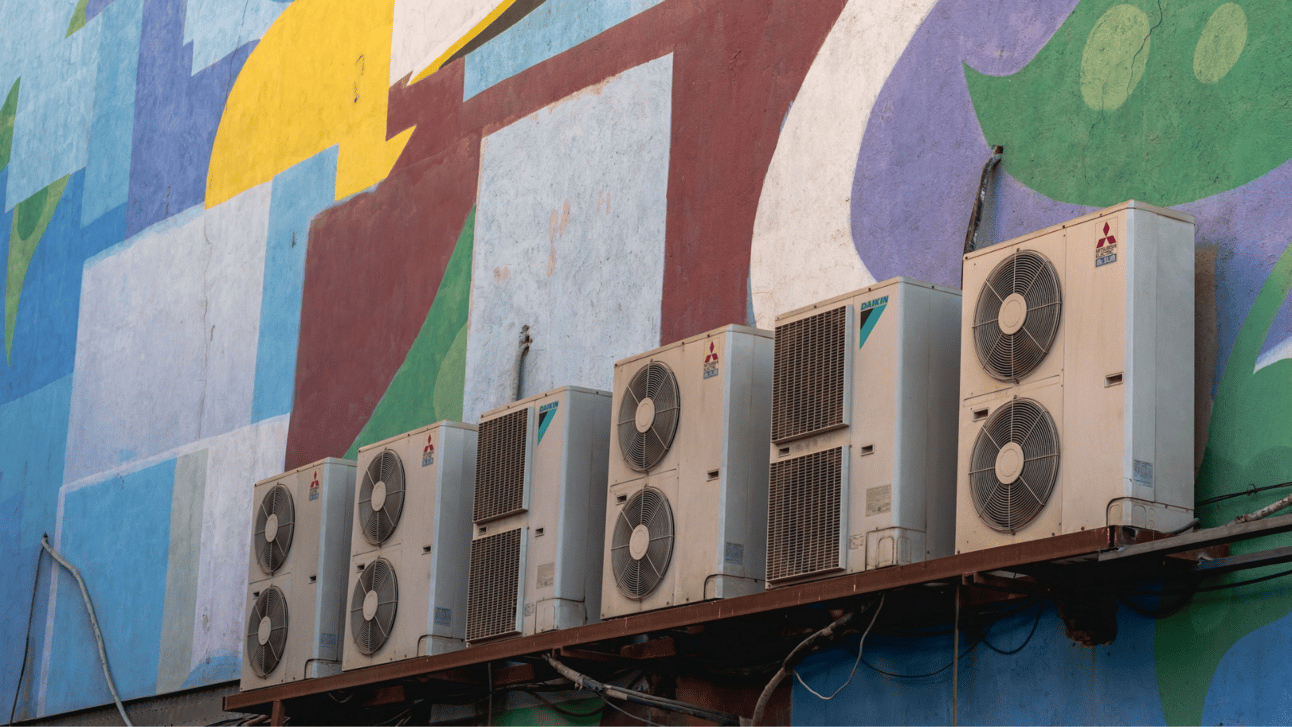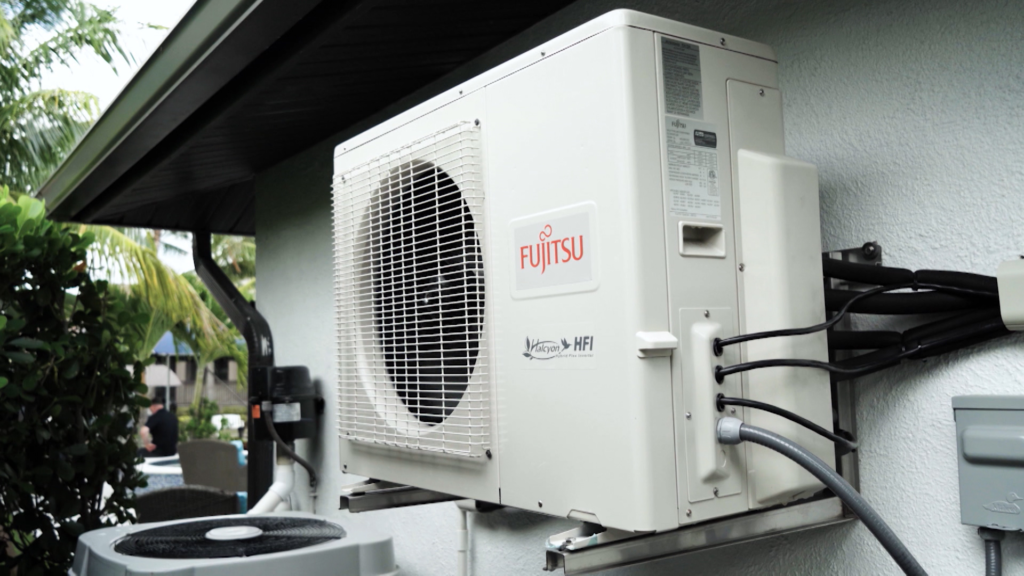The Amazon effect hits the HVAC industry
New startups have popped up to help contractors meet consumers' preference to shop online

Image: EDEN
Plenty of industries resist change — until they don’t.
Sure, the HVAC industry has been slow to adopt technology compared to others, but the influx of software companies suggests it’s coming around.
-
A 2022 report, for example, shows 18 field service management vendors serving the HVAC and plumbing industries, with ServiceTitan last valued at over $9 billion.
Why it matters: Consumer purchasing behavior is changing. According to research firm Gartner, 75% of consumers prefer a “seller-free” process.
-
“The key takeaway isn’t that consumers are against salespeople; it’s that they want to engage with them when they’re ready to make a purchase,” Josh Koplin, cofounder of EDEN, an online quote provider for HVAC contractors, tells Homepros.
-
“There’s also a generational shift happening. 65% of homebuyers are now Gen X or below, so it makes sense that a lot of [buying activity] is moving online,” he adds.
What’s happening: New startups, including EDEN and Contractor Commerce, have popped up to help contractors meet consumers’ preference to shop online.
-
EDEN, for instance, lets homeowners visit a contractor's website, input details about their home and current system, and receive a quote within 60 seconds, including available incentives like rebates and tax credits.
Zoom in: Koplin explains, “When we think about pricing out a system, there are a few big steps. The first one, from our perspective, is load calculations. To do that accurately online, you need to pull a lot of data: Design temp, building information, insulation levels, windows, etc.”
-
“The second part is making sure that you’re selecting the right equipment, and then based on that and the expected job scope, calculating the correct pricing for that contractor,” he adds.
“Obviously, you have outliers,” he says. “What if the person lives in a castle and you need to wrap line sets halfway around the world?”
-
Yes, but: “You address that by telling customers that they’re getting this estimate in just 3 to 4 clicks, and you’d still like to send somebody out there to get eyes on the home,” he adds.
-
“Even when final quotes differ after home visits, consumers find the upfront clarity very helpful.”
Of note: While it’s still early innings, Koplin says its customers are closing online quote leads at a higher rate than other channels.
-
“One of our clients is seeing a 68% close rate YTD,” he says. “Another, which typically closes at around 35-40%, is seeing a 70% close rate with EDEN.”
The big picture: Beyond changing behaviors, money is flooding into the industry through rebates and tax credits.
-
“HARDI has a cool graph that looks at air-source heat pump shipments in Pennsylvania and New York. NY has a pretty generous subsidy program and PA doesn’t,” Koplin notes. (Graph)
-
“From when [New York’s] incentives were implemented, you see an increase in the amount of systems shipped versus PA,” he adds.
-
“The data underscores the impact of getting these incentives in front of homeowners — it moves the needle on their purchase decisions.”
“That’s why we’ve taken a data-driven approach to giving people online quotes. By stacking federal, local, and utility incentives, we show homeowners the full range of savings they can access.”
Looking ahead: While in-person visits are still recommended following online quotes, Koplin believes rapid technology advancements will improve quote accuracy over time, driving more contractors to come around.
-
“Ideally, maybe in five years, you don’t need those disclaimers saying an in-home visit is necessary. The more information there is around homes, the more accurate quotes will become,” he says.
-
“But in my view, the kitchen table conversation won’t go away. It’s not that people don’t want to talk with salespeople; they want to talk with salespeople when they’re ready.”
📬 Get our stories in your inbox
Keep reading
Rheem parent to buy Fujitsu’s HVAC business for $1.6 billion
The deal marks the third major OEM acquisition announced in the past six months
Google launches branded LSAs, will charge for new customers
February 19, 2024


